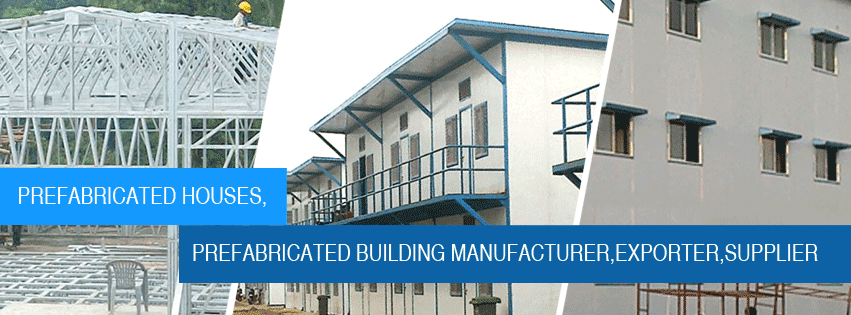Pre-engineered vs conventional metal buildings, ever since the time pre-engineered structures started gaining prominence in various industrial sectors, there's been a wide debate raging on about the pros and cons of it. Some people have even gone to the extent of predicting that
pre-engineered buildings will completely replace conventional buildings in future. Whether it will be true or not is anybody's guess but one thing is for sure, that pre-engineered structures are here to stay.
So let's have a look at some differentiating factors as regards to pre-engineered vs conventional metal buildings.
Design
Simply due to the fact that the conventional metal buildings are constructed on site, the scope of customization and design variations is immense. As opposed to it, since the components of pre-engineered structures are manufactured at a facility and afterwards they are are transported to the site and assembled, there is always a certain degree of uniformity in design. However, as a result of some changes in the manufacturing process, this uniformity in design is being done away with now.
Installation and building time
It isn't difficult to guess that the installation or erection time taken for pre-engineered structures is comparatively much lesser that conventional buildings. This is primarily because pre-engineered structures only require transporting the built components to their intended location and afterwards assembling them there as opposed to constructing a whole metal building from scratch which takes many months.
Foundational reliability
As regards foundational reliability or in other words ability of the building to resist adverse unforeseen situations, pre-engineered buildings are almost equal to conventional buildings in this aspect. So whether it be shocks, vibrations, impacts, pre-engineered metal buildings are as sturdy and reliable as conventional ones.
Cost
As regards the cost factor, pre-engineered structures are comparatively much more inexpensive than conventionally built buildings. Moreover, issues such as downtime due to adverse weather conditions and other external factors are also minimized. The transport and installation of pre engineered structures also results in lesser wastage of resources and lesser environmental pollution.
Seismic soundness
Seismic soundness is one area where conventional metal buildings had a big advantage until some years ago. Although they are still ahead in this aspect but the fact of the matter is that owing to new methods of component design, assembling and erection, this difference has lessened to a great extent and is expected to lessen further in the coming years.
Ease of future expansion
When it comes to the ease of future expansion, conventional metal buildings have a big advantage, as further construction can be done on them. As far as
pre-engineered structures are concerned, their uniform structural design makes it very hard to further add components for expansion.
Amenities
As far as amenities are concerned, all amenities that conventional buildings have can also be easily added to pre-engineered structures. So whether it be comfortable bathrooms, well designed living spaces, sufficient electric switch points or anything else, pre-engineered structures can have the same amenities that conventional buildings have.
